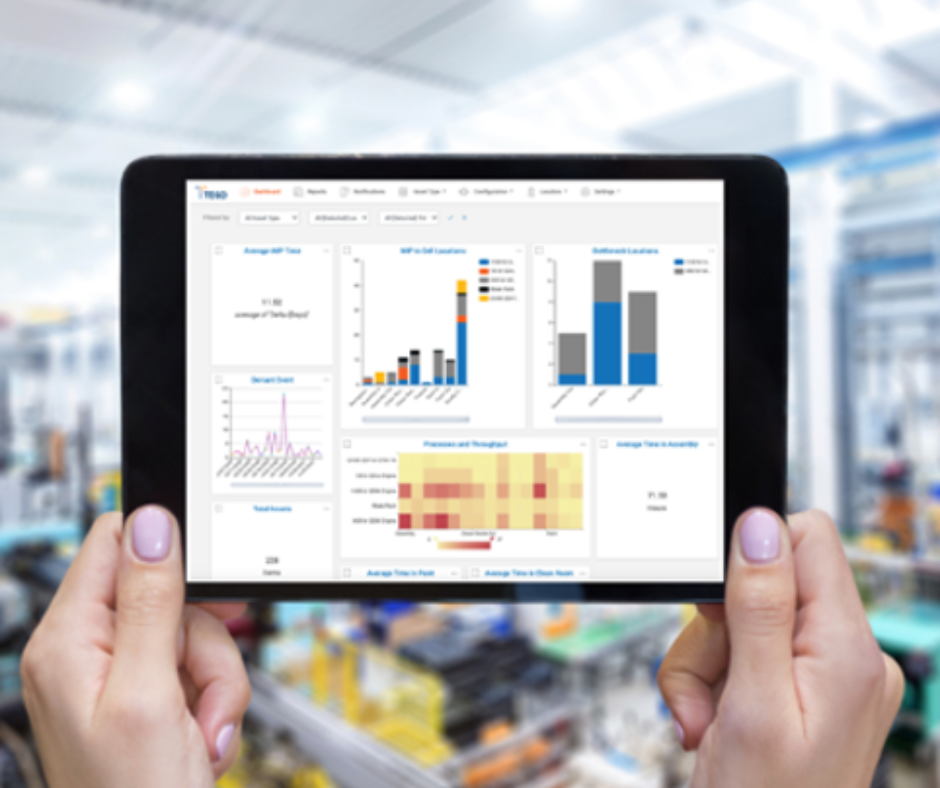Many manufacturing executives are talking about digital twins. Unfortunately, in practice, most of them don’t live up to the hype.
The reason isn’t the modeling software. 𝗜𝘁’𝘀 𝘁𝗵𝗲 𝗱𝗮𝘁𝗮.
If the data feeding the twin is 𝗶𝗻𝗰𝗼𝗺𝗽𝗹𝗲𝘁𝗲, 𝘀𝗶𝗹𝗼𝗲𝗱, 𝗼𝗿 𝗺𝗶𝘀𝘀𝗶𝗻𝗴 𝗰𝗼𝗻𝘁𝗲𝘅𝘁 from the floor, the model ends up out of sync with reality. After weeks or months of working with a twin that doesn’t reflect reality, teams stop trusting it, and it quietly becomes another unused software.
The National Institute of Standards and Technology (NIST) has been clear on this point: accuracy and reliability of the data underlying the digital twin are the foundation. Without that, no amount of visualization or simulation will make the twin useful.
This gap between visualization model and reality shows up everywhere. One site collects clean sensor data, another doesn’t. One ERP syncs, another lags a week behind. Different teams define the same process in different ways. The result is a “twin” that doesn’t actually reflect how work gets done.
Before chasing digital twin projects, manufacturers need to solve the basics, which is something Tego helps you do. When working with us you:
– Connect systems that don’t talk to each other
– Standardize how data is captured and reported
– Have teams who can be confident that what they see in the model matches what’s happening in real time
Lasting value comes from a twin built on solid, trusted data that drives good decision making. A twin built without that is just another failed technology.
Ready to build a digital twin rooted in accurate, real-time information? Comment below or reach out to us here!
Blog
The Problem with Most Digital Twins…and What You Should Do About It




